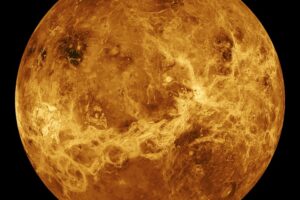At its core, string theory posits that the most basic building blocks of the universe are not particles, as traditionally believed, but tiny strings of energy that vibrate at different frequencies. These strings are so minuscule that they are impossible to detect directly, leading some to refer to them as “hidden dimensions” that exist beyond our conventional understanding of reality.
One of the key features of string theory is its ability to reconcile two seemingly incompatible theories of physics: quantum mechanics and general relativity. Quantum mechanics describes the behavior of particles at the smallest scales, while general relativity governs the force of gravity on large scales. By treating particles as strings rather than points, string theory provides a framework that can bridge the gap between these two theories and offer a more complete understanding of the universe.
String theory also proposes the existence of multiple dimensions beyond the familiar three spatial dimensions and one time dimension. These extra dimensions are compactified, meaning they are curled up and hidden from our everyday perception. The interactions between these hidden dimensions and the visible dimensions of space and time are believed to shape the physical properties of the universe and determine the forces that govern its behavior.
While string theory offers a tantalizing glimpse into the mysteries of the universe, it is still a work in progress and has yet to be fully proven or validated through experimental evidence. The complex mathematics and theoretical nature of string theory have made it a subject of intense debate and scrutiny within the scientific community.
Despite these challenges, scientists continue to explore and develop string theory in the hope of unraveling the fundamental principles that underpin the universe. Advances in technology and theoretical physics have enabled researchers to test and refine the predictions of string theory through experiments and simulations, bringing us closer to a comprehensive understanding of the cosmos.
In the quest to unlock the secrets of the universe, string theory stands as a beacon of hope and inspiration, offering a glimpse into a possible future where the mysteries of space and time are finally unraveled. As we continue to explore and probe the depths of the universe, the principles of string theory may hold the key to a deeper understanding of the cosmos and our place within it.






























Add Comment